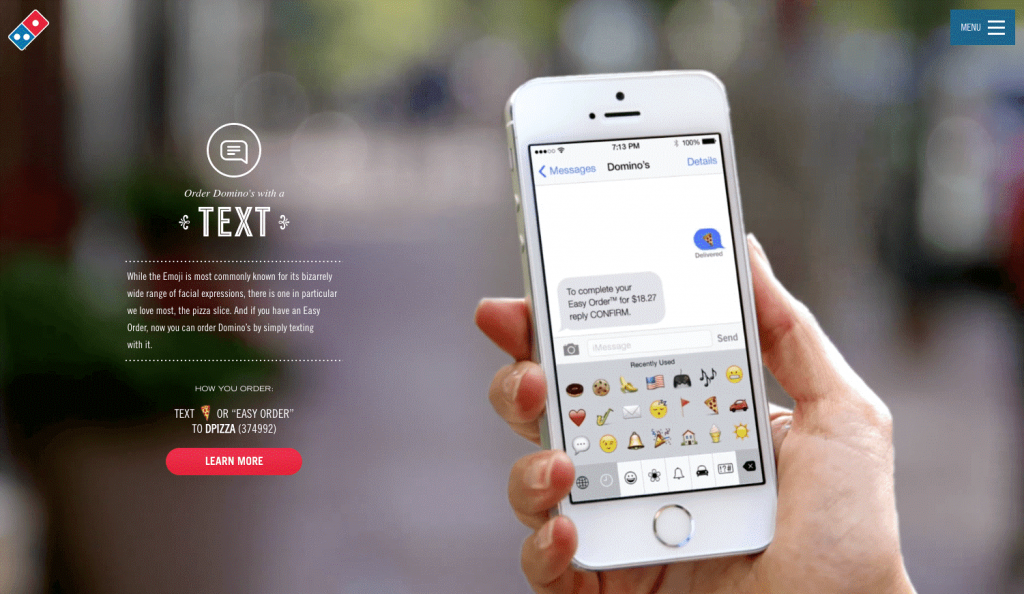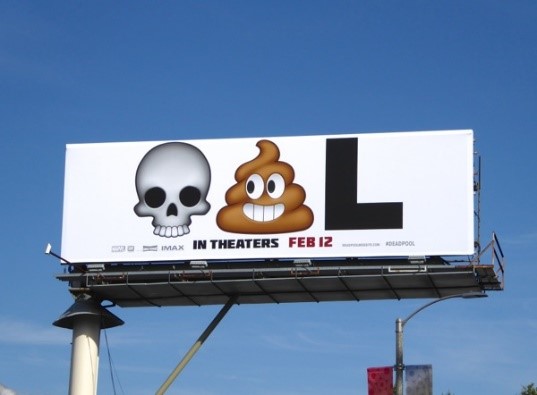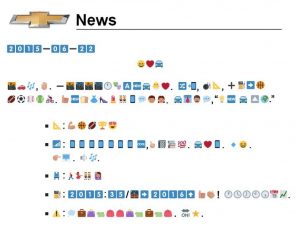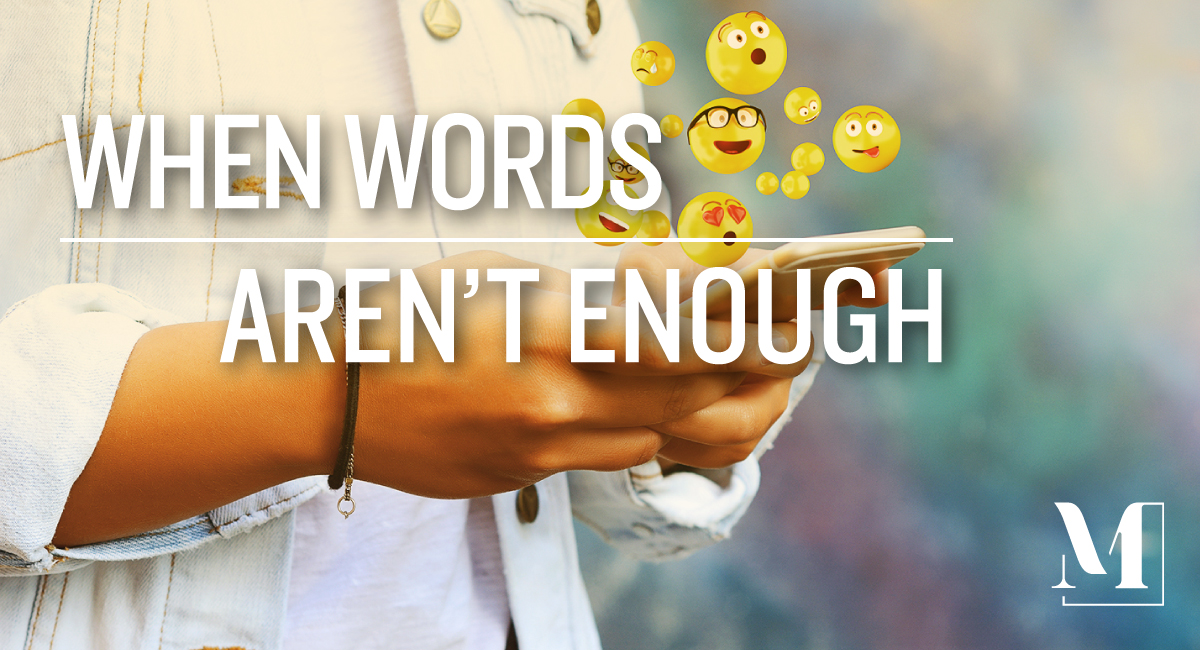Over the last decade, emojis have played a ? role in transforming the way we communicate. Appearing in our texts, social media updates and everything in between, these little symbols have made their mark on our digital and physical lives. With 92 percent of online consumers using emojis, it should come as no surprise an emoji marketing movement ignited. From eye-catching billboards to playful social media campaigns and digital branding initiatives, emojis have sparked innovative marketing approaches for ?-wide brands to distinguish themselves in fun, light-❤️’ed ways.
As emoji use increases, originality becomes more and more difficult. For emoji marketing efforts to stand out in a cluttered communication environment, especially on social media, these icons must play a bigger role than just replacing a word. Whether it’s creating an experience or making audiences LOL, successful emoji marketing is driven by a well thought-out strategy. Throwing an emoji into the mix isn’t just a “one-size-fits-all” solution to reach younger audiences, but a purposeful, innovative approach to delivering your brand’s message. Here are our recommendations on the do’s and don’ts of emoji marketing.
THE DO’S: These brands used emojis to create ? campaigns.
- World Wildlife Fund’s use of #EndangeredEmoji provoked a movement to save real animals from extinction. Seventeen endangered animal emojis were created to encourage users to donate every time they retweeted one. The innovative campaign triggered 560,000 mentions and 59,000 signups within the first two months.
We’re using #EndangeredEmoji to save real animals from extinction. Please retweet to sign up and help. pic.twitter.com/hX1p1GEDZ9
— WWF (@WWF) May 12, 2015
- Domino’s’ use of ? emojis to order stands out as one of the most creative, direct ways to drive sales. The pizza giant launched a campaign that prompted customers to sign up for a profile and order via Twitter or text by using the ? emoji. Within 24 hours, 500 users ordered via emoji and Domino’s scored considerable earned media coverage.

- Deadpool’s emoji billboard had people around the world wanting more. The brilliantly ridiculous billboard kept it simple, yet entertaining, and promoted record-breaking ticket sales opening weekend.

- To cleverly promote the new Galaxy S9 and S9+ and personal emoji capabilities, ESPN Brasil and Samsung partnered up to turn sportscasters into emojis. The creative approach unfolded in four special editions of SportsCenter that resulted in more comments on social media than the NBA Playoffs or FIFA World Cup.

THE DON’TS: These ❌ campaigns weren’t quite as successful.
- Juicy Fruit’s use of emojis to express a “party in your mouth” didn’t leave the best taste in consumers’ mouths. The ad got lost in translation and distracted consumers from the brand’s message.
See how well you speak Fun Emoji: translate this in the comments! pic.twitter.com/CRYFyznOxm
— Juicy Fruit (@juicyfruit) April 3, 2015
- In 2015, Chevy encouraged viewers to “decode” a press release for the new Chevy Cruze ? prior to the official news hit. The only message successfully decoded from this stunt was that Chevy needed to re-work their marketing strategy.


- Fast food consumers in France weren’t “lovin’ it” after a McDonald’s commercial switched heads with emojis attempting a playful “come as you are” campaign. A great example of how placing emojis where they don’t belong can guide viewers away from an otherwise ? message.
We’ve seen that in everything from movie billboards to philanthropic campaigns, using emojis can be impactful and powerful. We’ve also seen how they can detract from your message and leave viewers more confused than motivated to action. Emojis should add to, not distract from, your brand and its message. This approach should be clear and concise, not leaving the message up for interpretation. The important thing is to discern whether or not the campaigns will resonate with your target audience and help you reach your goals. If so, they can be a powerful marketing tool. If not, you may need to rethink your brand’s approach.
